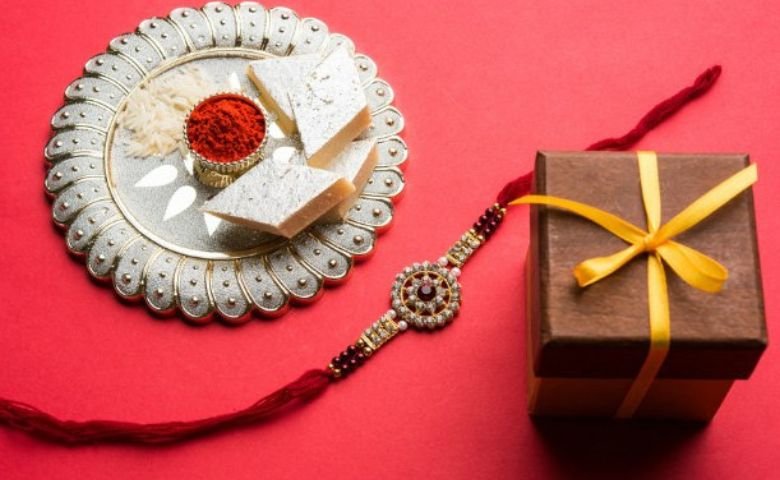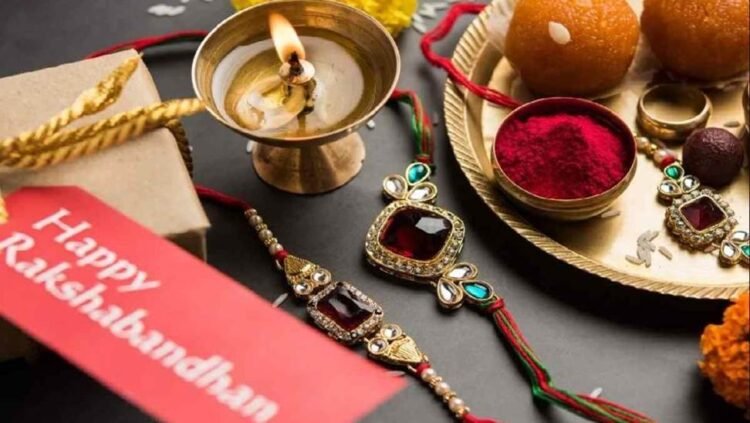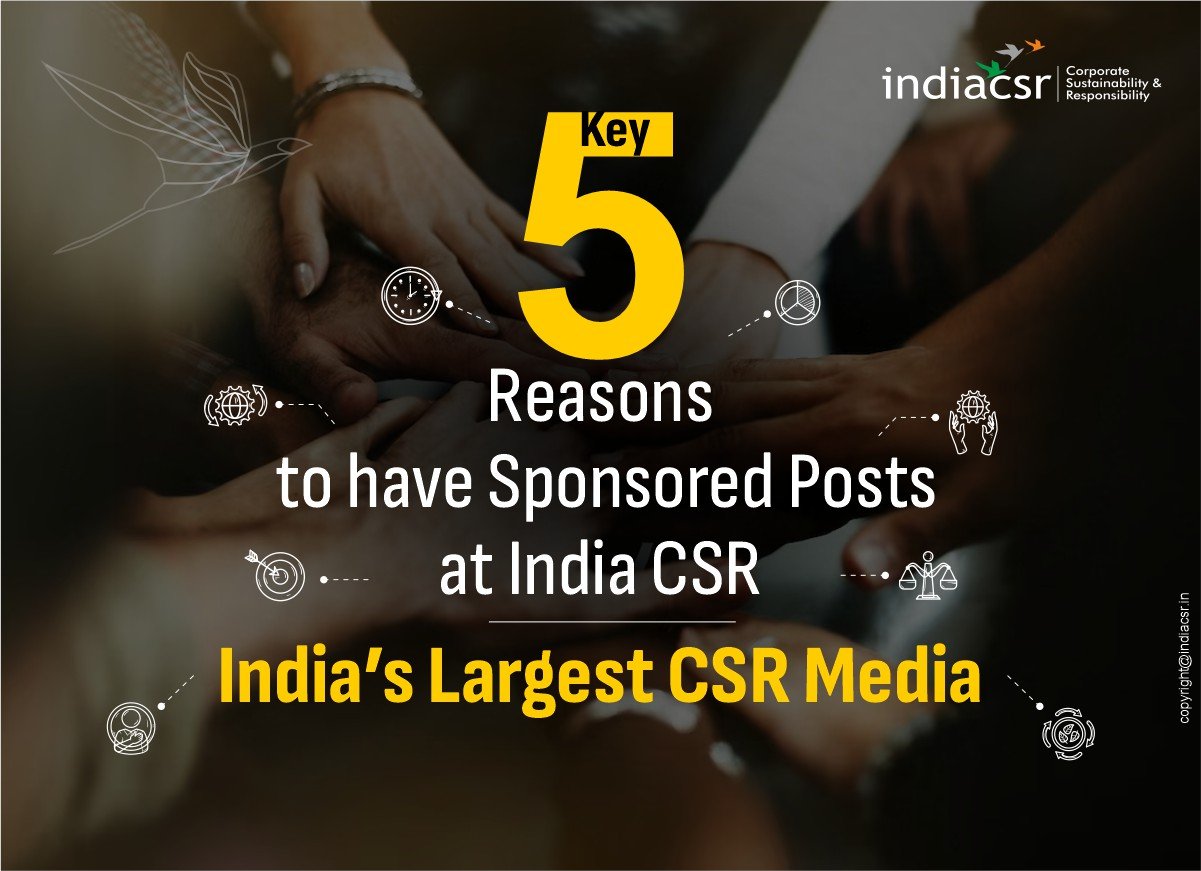Raksha Bandhan 2025: Raksha Bandhan, a cherished Hindu festival, celebrates the sacred bond between brothers and sisters. On this day, sisters tie a Rakhi—a sacred thread—around their brothers’ wrists, symbolizing love, protection, and an enduring connection. In return, brothers pledge to care for and protect their sisters, often exchanging gifts as a token of affection. As we look forward to Raksha Bandhan 2025, understanding the right date, auspicious timings, and cultural significance can make this celebration even more meaningful. This comprehensive guide explores every aspect of Raksha Bandhan 2025, from the exact timing to tie the Rakhi to its historical and modern significance, ensuring you’re well-prepared for a heartfelt celebration.

When is Raksha Bandhan 2025?
Raksha Bandhan 2025 is expected to be celebrated on Saturday, August 9, 2025. This date corresponds to the full moon day (Purnima) of the Shravana month in the Hindu lunar calendar, which typically falls in July or August. The festival’s date varies each year due to the lunar calendar, and for 2025, August 9 has been identified as the day when families across India, Nepal, and the global Indian diaspora will come together to honor sibling bonds.
| Event | Date |
|---|---|
| Raksha Bandhan 2025 | Saturday, August 9, 2025 |
| Purnima Tithi Begins | 2:12 PM, August 8, 2025 |
| Purnima Tithi Ends | 1:24 PM, August 9, 2025 |
Auspicious Time to Tie Rakhi in 2025
The most auspicious time, or Shubh Muhurat, for tying the Rakhi on Raksha Bandhan 2025 is likely from 5:47 AM to 1:24 PM IST on August 9, 2025. This period is considered ideal because it falls within the Purnima Tithi and avoids the inauspicious Bhadra period. According to some sources, the Muhurat may extend slightly, with variations such as 6:04 AM to 1:25 PM, depending on regional astrological calculations. For precise timings, consulting a local priest or a trusted Panchang, such as DrikPanchang, is advisable.
| Timing Details | Time |
|---|---|
| Raksha Bandhan Thread Ceremony Time | 5:47 AM to 1:24 PM, August 9, 2025 |
| Alternative Muhurat (per some sources) | 6:04 AM to 1:25 PM, August 9, 2025 |
| Bhadra Period | 9:51 AM to 1:30 PM, August 9, 2025 |
Navigating the Bhadra Period
The Bhadra period is a time considered inauspicious for performing sacred rituals in Hindu astrology, as it is believed to bring negative energies. For Raksha Bandhan 2025, the Bhadra period is expected to occur from 9:51 AM to 1:30 PM on August 9, overlapping with the Purnima Tithi, which ends at 1:24 PM. This overlap creates a challenge, as the Purnima Tithi concludes before the Bhadra period ends, leaving no time after Bhadra within the Purnima Tithi on August 9.
To address this, many sources recommend performing the Rakhi ceremony early in the morning, from 5:47 AM to 9:51 AM, before the Bhadra period begins. In some traditions, if the Bhadra period significantly overlaps with the Purnima Tithi, the ritual may be performed on the preceding day (August 8) during the Purnima Tithi or extended into the evening if the Purnima Tithi persists. However, for 2025, the consensus is to stick to the morning window before Bhadra begins to ensure the ritual aligns with both the Purnima Tithi and auspicious timing.
The Significance of Raksha Bandhan
Raksha Bandhan, meaning “bond of protection,” is a festival that celebrates the love, trust, and mutual respect between siblings. The word “Raksha” translates to protection, and “Bandhan” means bond, encapsulating the essence of this heartfelt tradition. Sisters tie a Rakhi on their brothers’ wrists, praying for their long life and prosperity, while brothers vow to protect and support their sisters. This exchange strengthens familial ties and fosters a sense of unity and care.
Beyond its familial significance, Raksha Bandhan promotes values of loyalty, trust, and emotional connection. It transcends biological relationships, with Rakhis often tied between cousins, friends, or even community members, symbolizing a broader commitment to protection and care. The festival is celebrated with enthusiasm across India, Nepal, and parts of Pakistan, and its universal message resonates with people worldwide.
Traditions and Rituals of Raksha Bandhan
The Raksha Bandhan ceremony is steeped in tradition and involves several meaningful rituals:
- Preparation of the Thali: Sisters prepare a thali (plate) with the Rakhi, roli (vermilion), rice grains, sweets, and a diya (lamp). The thali is central to the ceremony, symbolizing the sanctity of the ritual.
- Aarti and Tilak: The sister performs an aarti, waving the lit diya before her brother, and applies a tilak (vermilion mark) on his forehead, often accompanied by rice grains for auspiciousness.
- Tying the Rakhi: The sister ties the Rakhi on her brother’s wrist, chanting prayers for his well-being. The Rakhi, often a colorful thread or ornate band, symbolizes the sister’s love and protection.
- Exchange of Gifts: The brother offers gifts or money to his sister as a token of affection and commitment. These gifts can range from jewelry and clothes to personalized items or experiences.
- Sharing Sweets: The siblings share sweets, reinforcing the sweetness of their bond. Traditional sweets like laddoos, barfis, or kheer are commonly enjoyed.
The rituals are typically performed during the Shubh Muhurat, ensuring the ceremony is conducted at an astrologically favorable time. Families often gather for a festive meal, making the day a joyous occasion.
Legends and Historical Context
Raksha Bandhan is rich with mythological and historical stories that highlight its significance:
- Lord Krishna and Draupadi: In the Mahabharata, when Lord Krishna injured his finger, Draupadi tore a piece of her saree to bandage it. Moved by her gesture, Krishna promised to protect her, a vow he fulfilled during her trials. This story is often cited as the origin of the Rakhi tradition.
- King Bali and Goddess Lakshmi: According to mythology, Goddess Lakshmi tied a Rakhi on King Bali’s wrist to secure the release of her husband, Lord Vishnu. Bali, touched by the gesture, granted her wish, showcasing the power of the Rakhi.
- Queen Karnavati and Emperor Humayun: A historical tale recounts Queen Karnavati of Chittor sending a Rakhi to Mughal Emperor Humayun during a siege, seeking his protection. Humayun honored the Rakhi, demonstrating the festival’s ability to forge bonds beyond family.
These stories underscore the festival’s deep cultural roots and its role in fostering protection and loyalty across various contexts.
Regional Variations Across India
While Raksha Bandhan is most prominently celebrated in North India, its essence is reflected in various regional traditions:
- South India (Avani Avittam/Upakarma): In states like Tamil Nadu, Kerala, and Andhra Pradesh, the day coincides with Avani Avittam, where Brahmins change their sacred thread (Yajnopavit) and perform rituals for spiritual renewal.
- West Bengal (Jhulan Purnima): In Bengal, Raksha Bandhan aligns with Jhulan Purnima, a festival celebrating the divine love of Radha and Krishna, marked by swings and devotional songs.
- Maharashtra (Narali Purnima): Coastal communities in Maharashtra celebrate Narali Purnima, offering coconuts to the sea to mark the start of the fishing season, alongside Rakhi rituals.
- Punjab and Haryana: These regions celebrate with vibrant feasts and elaborate Rakhi designs, emphasizing the joyous sibling bond.
These variations highlight India’s cultural diversity while maintaining the core theme of sibling love and protection.
Raksha Bandhan in the Digital Age
The advent of technology has transformed how Raksha Bandhan is celebrated, especially for families separated by distance:
- Online Rakhis and Gifts: E-commerce platforms like IGP and GiftsToIndia24x7 allow sisters to send Rakhis and gifts to brothers worldwide, ensuring the tradition thrives despite geographical barriers.
- Virtual Celebrations: Video calls enable siblings to perform the Rakhi ceremony virtually, maintaining the emotional connection. Platforms like Zoom or WhatsApp are popular for these celebrations.
- E-Rakhis and Social Media: Digital Rakhis and social media posts have become a modern way to express love, with siblings sharing heartfelt messages and images online.
These adaptations ensure that Raksha Bandhan remains relevant in a globalized world, bridging distances with technology.
Planning Your Raksha Bandhan 2025 Celebration
To make Raksha Bandhan 2025 unforgettable, consider these tips:
- Choose a Meaningful Rakhi: Select a Rakhi that reflects your brother’s personality, whether it’s a traditional thread, a silver Rakhi, or one with modern designs like superhero motifs.
- Personalized Gifts: Opt for gifts that resonate with your brother’s interests, such as books, gadgets, or personalized items like engraved keepsakes.
- Plan a Family Gathering: If possible, organize a family lunch or dinner to celebrate together, strengthening familial bonds.
- Virtual Connection: For siblings living apart, schedule a video call during the Shubh Muhurat to perform the ritual and share memories.
- Prepare Traditional Sweets: Make or buy traditional sweets like gulab jamun or peda to add a festive touch to the celebration.
Early planning, especially for international deliveries, ensures your Rakhi and gifts arrive on time. Websites like RakhiSale offer a wide range of options for global shipping.
The Broader Impact of Raksha Bandhan
Raksha Bandhan goes beyond the sibling relationship, promoting values of mutual respect, protection, and unity. It fosters gender equality by emphasizing the reciprocal responsibilities of brothers and sisters. The festival also strengthens community ties, as Rakhis are sometimes tied between friends, neighbors, or even soldiers, symbolizing a collective commitment to care and protection.
In modern India, Raksha Bandhan serves as a reminder of family values in a fast-paced world. Its universal appeal has led to similar celebrations in other cultures, such as Bhai Dooj in Nepal and Rakhi Purnima in Bangladesh, highlighting its global resonance.
You Learn
Raksha Bandhan 2025, expected on August 9, offers a beautiful opportunity to celebrate the timeless bond between siblings. By adhering to the auspicious timing of 5:47 AM to 1:24 PM IST and understanding the cultural and astrological significance, you can ensure a meaningful celebration. Whether you’re tying a Rakhi in person, sending one across the globe, or connecting virtually, the essence of Raksha Bandhan lies in the love, trust, and protection shared between siblings. Embrace this festival with joy, and let it strengthen the bonds that make your family special.
FAQs on Raksha Bandhan 2025:
1. When is Raksha Bandhan 2025?
Raksha Bandhan will be celebrated on Saturday, August 9, 2025.
2. What is the best time to tie Rakhi in 2025?
The ideal time is from 5:47 AM to 1:24 PM IST on August 9, before the Bhadra period begins.
3. What is the significance of Raksha Bandhan?
Raksha Bandhan honors the bond between siblings, symbolizing love, protection, and mutual respect.
4. Can Rakhi be tied during Bhadra period?
No, tying Rakhi during Bhadra (9:51 AM to 1:30 PM) is considered inauspicious.
5. What are the main rituals of Raksha Bandhan?
Sisters perform aarti, apply tilak, tie Rakhi, and offer sweets; brothers give gifts in return.
6. How can Raksha Bandhan be celebrated virtually?
Siblings can connect via video calls and send Rakhis/gifts online through e-commerce platforms.
Also Read:






















